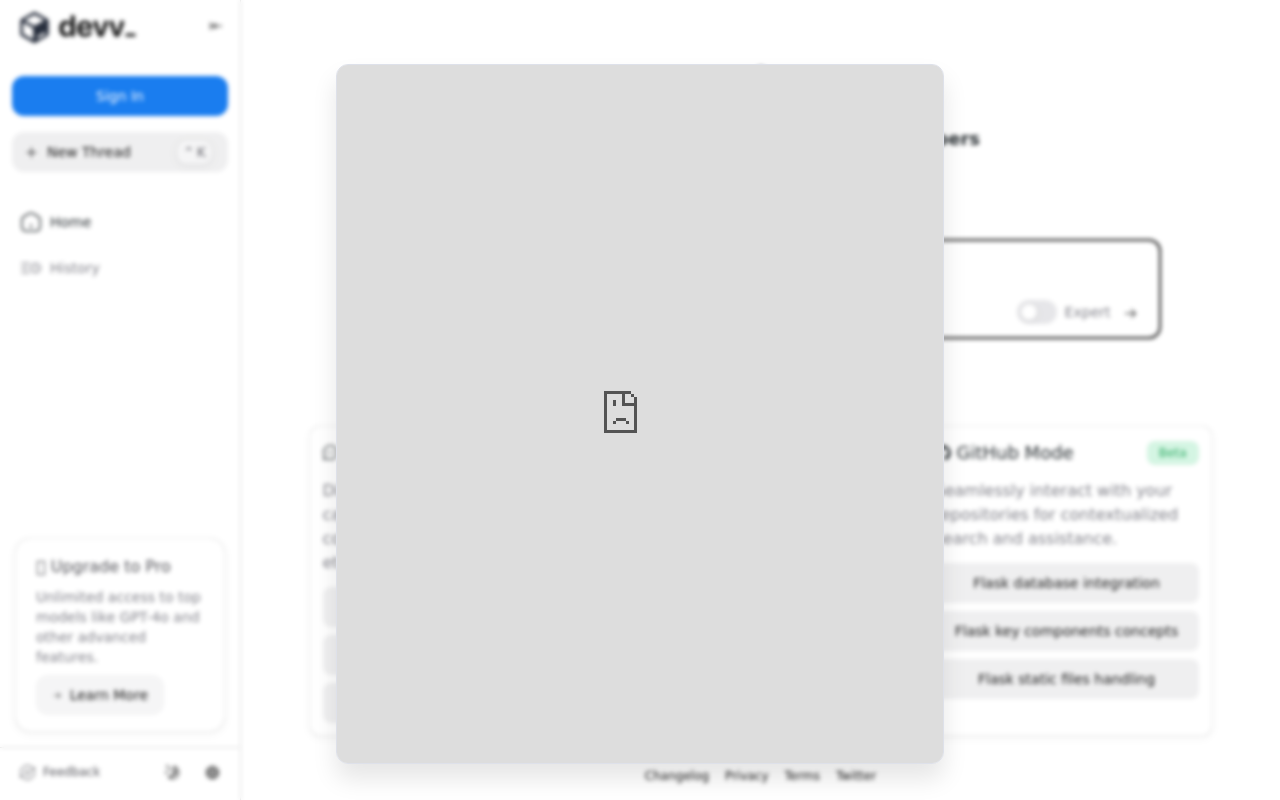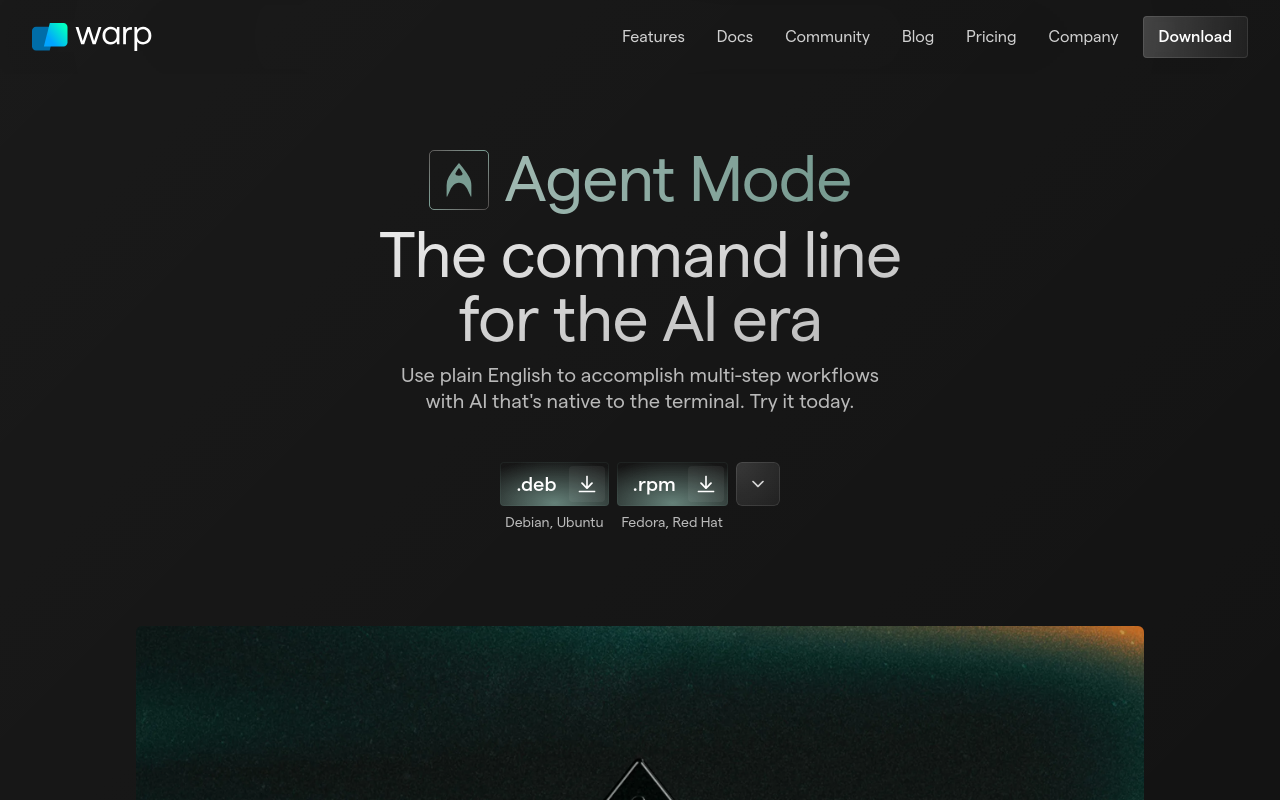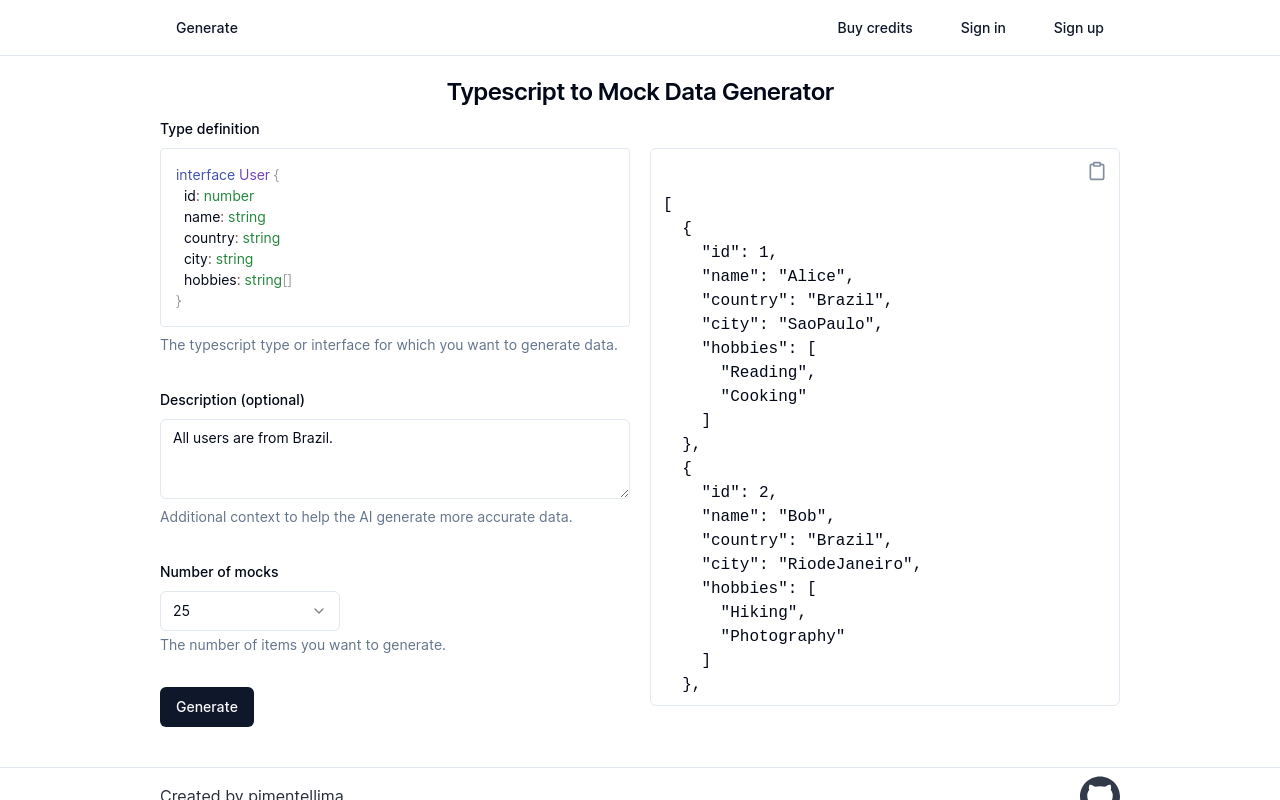Best for:
- Automotive
- Electronics
- Food & Beverage
- Medical Devices
- Manufacturing
Use cases:
- Visual Inspection
- Defect Detection
- Quality Control
Users like:
- Quality Assurance
- Manufacturing
- Research & Development
What is LandingLens?
###Quick Introduction
LandingLens is an innovative computer vision platform developed by Landing AI. It is designed for businesses seeking to deploy industrial-grade computer vision solutions across various sectors such as automotive, electronics, food & beverage, and medical devices. The platform leverages data-centric AI methods to enhance the accuracy and efficiency of visual inspection tasks, making it an indispensable tool for industries requiring high precision in quality control, defect detection, and more.
LandingLens is tailored for organizations with specific vision data applications, offering a comprehensive suite of tools for data labeling, model training, and deployment. Its flexibility allows it to cater to both small enterprises and large corporations by offering scalable deployment options through cloud, edge, and Docker. Whether you’re in manufacturing or retail, LandingLens offers the capability to transform your raw vision data into actionable insights, improving operational efficiencies and decision-making processes.
###Pros and Cons
Pros
- High Accuracy: Utilizes domain-specific large vision models (LVMs) for superior precision in visual tasks.
- Scalability: Easily scales with business growth, with options for cloud, edge, and Docker deployment.
- User-Friendly: Offers intuitive tools for data labeling and model training that require minimal technical expertise.
Cons
- Cost: Premium plans can be expensive for smaller businesses.
- Learning Curve: Initial setup and learning how to utilize all features may take some time.
- Resource Intensive: Requires significant computing power and high-quality data sets for optimal performance.
###TL;DR.
- Accurate visual inspection via advanced AI models
- Scalable deployment options for cloud, edge, and Docker
- Intuitive labeling and training tools
###Features and Functionality
- Data Labeling Tools: Provides efficient labeling tools to ensure high-quality data for training models.
- Model Training & Performance Evaluation: Includes single-click training options and performance metrics for model optimization.
- Deployment Flexibility: Supports cloud, edge device, and Docker deployment for seamless integration.
- Visual Prompting: Allows users to build computer vision systems rapidly through intuitive prompts.
- End-to-End Platform: Enables continuous learning and model performance monitoring.
###Integration and Compatibility
LandingLens integrates seamlessly with platforms such as Snowflake, offering enhanced data manipulation and management capabilities. It supports deployment on cloud and edge devices, along with Docker containers for greater flexibility. The platform utilizes Python for scripting and automation tasks, making it highly compatible with data science workflows.
Do you use LandingLens?
While it does not require extensive integrations with other tools, its standalone nature ensures complete functionality within itself.
###Benefits and Advantages
- Improved Accuracy: Domain-specific LVMs enhance the precision of visual inspections.
- Time Saved: Streamlined labeling and training processes reduce the time required to build and deploy models.
- Enhanced Decision-Making: Provides actionable insights derived from vision data, improving operational efficiency.
- Scalable Solutions: Adapts to the needs of businesses as they grow.
- Flexible Deployment: Multiple deployment options maximize its utility across different environments.
###Pricing and Licensing
LandingLens provides a tiered pricing model catering to various needs:
- Free Plan: Ideal for individuals, offering 1,000 credits per month, unlimited projects, and basic model training features.
- Visionary Plan ($50/month): Best for small businesses featuring 5,000 credits/month, additional user access, and advanced model deployment options.
- Enterprise Plan: Custom pricing with advanced features like offline model usage, dedicated expert support, and enhanced security protocols.
###Support and Resources
Landing AI offers a range of support options for LandingLens users, including community forums, extensive documentation, and direct customer support channels. The platform also has a well-stocked library of resources such as webinars, case studies, tech briefs, and tutorials to help users at all levels maximize the tool’s potential.
###LandingLens as an alternative to:
Compared to Google Cloud Vision API, LandingLens shines with its domain-specific LVMs, making it more accurate for specialized industrial applications. Unlike generic models offered by competitors, LandingLens allows for greater customization and fine-tuning based on specific dataset requirements, providing superior accuracy and efficiency.
###Alternatives to LandingLens:
- Google Cloud Vision API: Ideal for general-purpose image analysis and integration with other Google Cloud services. Suitable for businesses that need robust cloud infrastructure backing.
- IBM Watson Visual Recognition: Best used for enterprises needing extensive natural language processing capabilities alongside computer vision tasks.
- Microsoft Azure Computer Vision: Optimal for users already embedded in the Azure ecosystem seeking comprehensive cloud solutions with AI capabilities.
###Conclusion
LandingLens stands out as a powerful, flexible, and accurate computer vision platform suitable for a myriad of industries. Its domain-specific LVMs, easy-to-use tools for data labeling and model training, and varied deployment options make it a top choice for businesses looking to implement or upgrade their visual inspection systems. Whether you’re a small business or a large corporation, LandingLens offers scalable solutions tailored to your specific needs, ensuring you get the most from your vision data.



